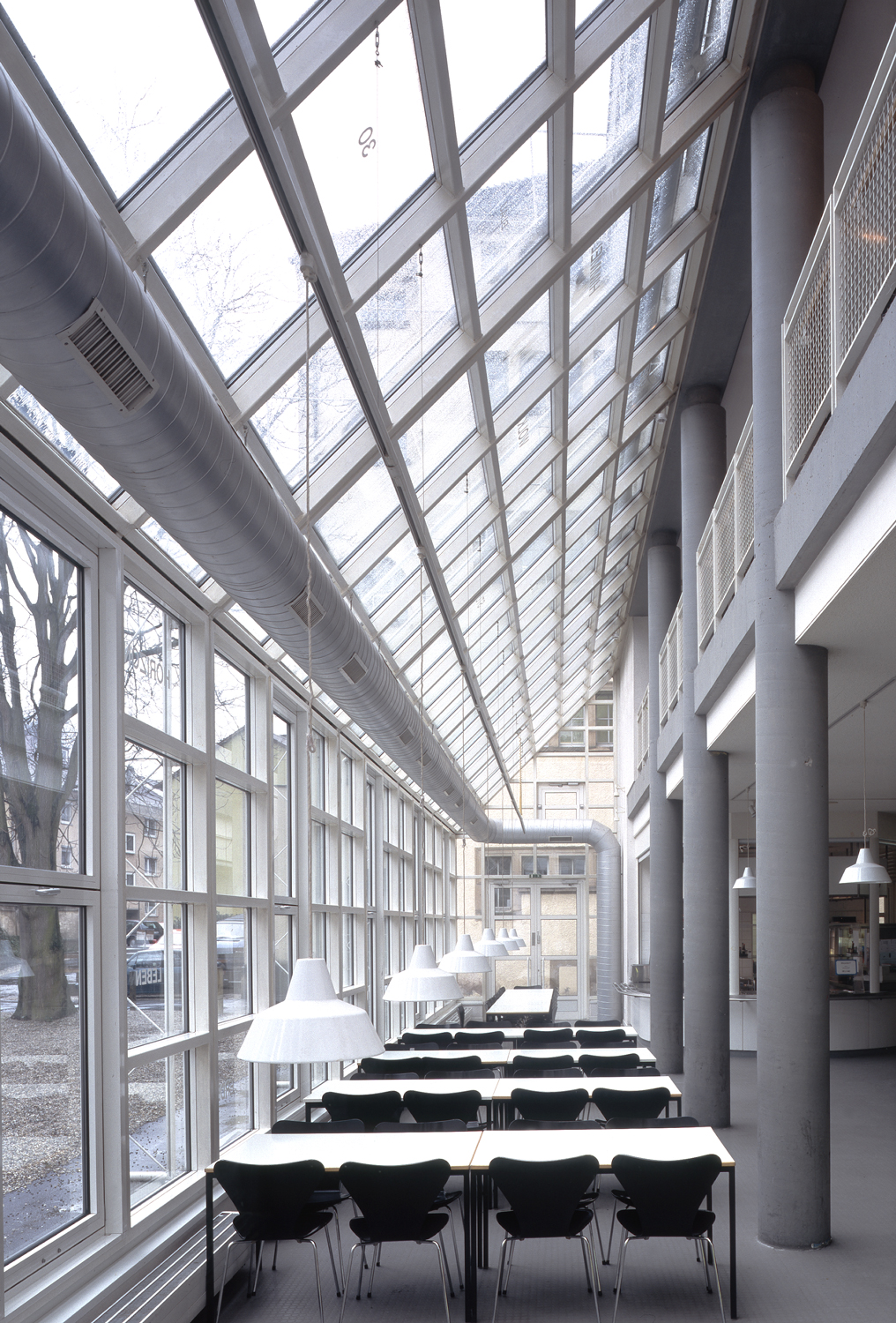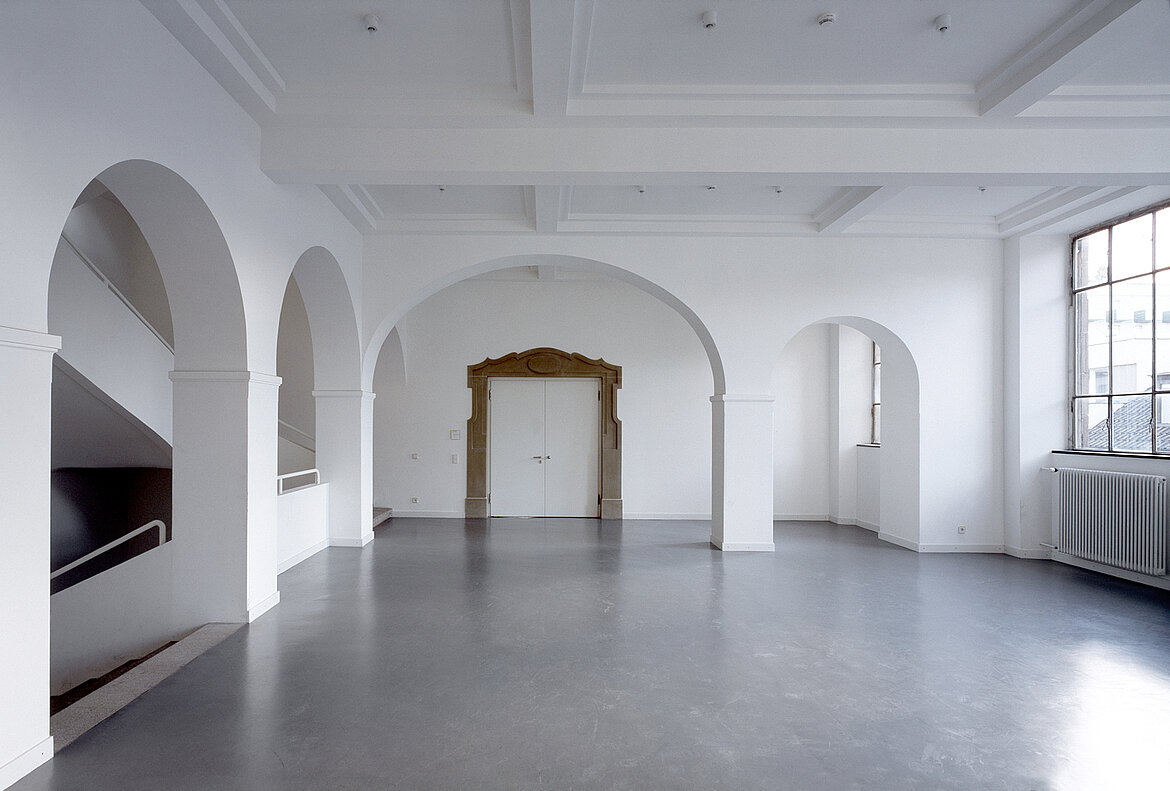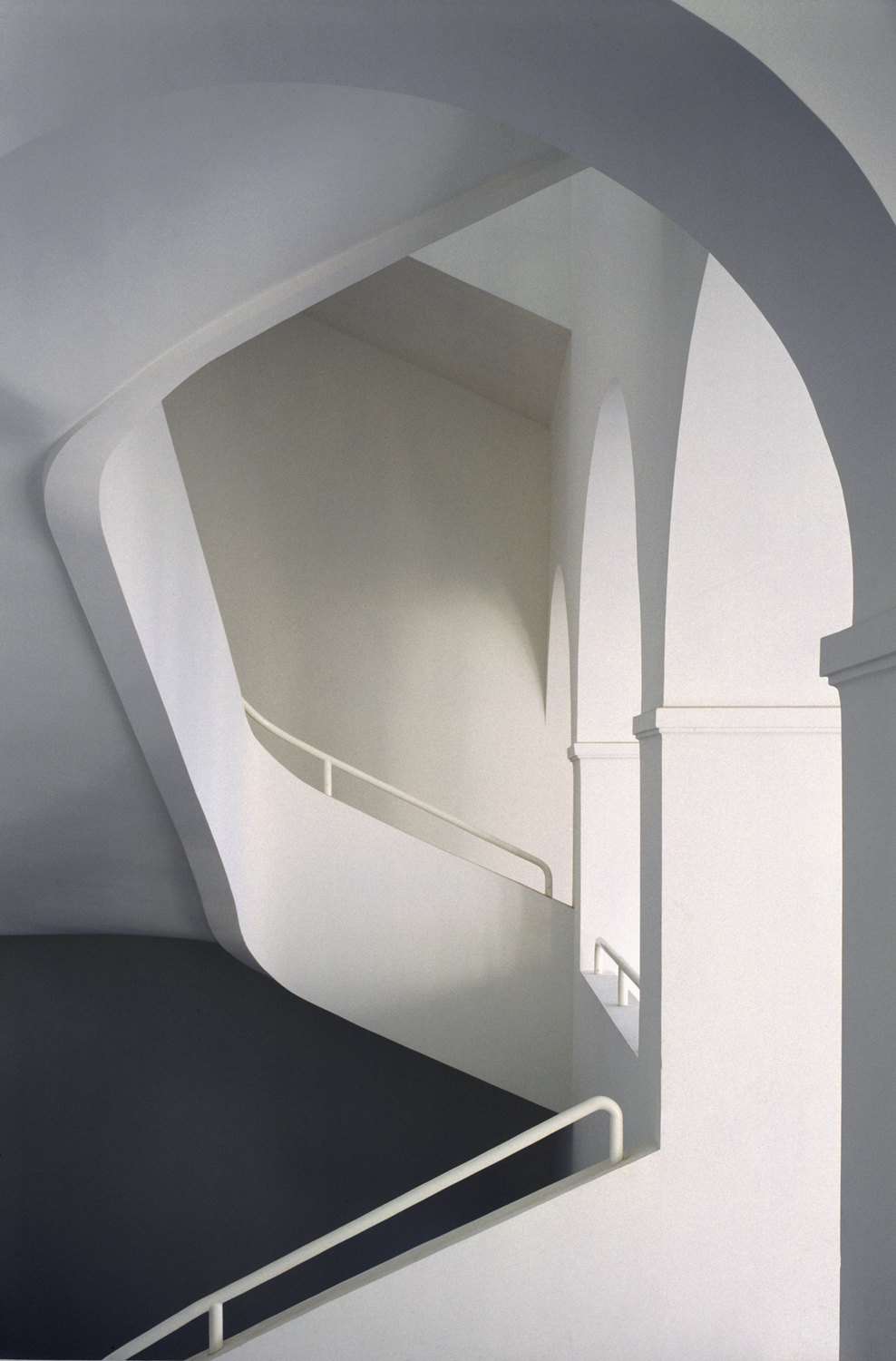Welcome!
The School of Design 'Design PF' and its predecessor institutions have existed in Pforzheim since 1877. It is one of the oldest, most traditional and most renowned universities with design programs in the German-speaking world. Around 700 prospective designers from Germany and all over the world are currently studying here.
The School of Design offers Bachelor's degree courses in Fashion, Industrial Design, Jewellery, Transportation Design, Accessory Design and Visual Communication. There are also Master's degree courses in Transportation Design, Creative Direction and Design & Future Making. First-class workshops, media laboratories and studios are available in the historic building at Holzgartenstraße 36. The school's own library has around 47,000 media from the fields of art and design.
We expect a high level of commitment, innovation and motivation from our students. In return, the School of Design offers the best conditions for developing artistic talents, developing your own design profile and thus achieving long-term professional success.
The high quality of education at the university is repeatedly confirmed by independent rankings. In its initial survey, the American magazine "Business Week" ranked Design PF among the 60 best international educational institutions for design - alongside universities such as Harvard, Stanford and MIT. In the Focus ranking, the faculty ranks 2nd in Germany.
 The Dean's Office of the School of Design: Vice Dean for International Affairs Prof. Sibylle Klose, Vice Dean for Public Relations Prof. Dr. Jan Of, Dean of Studies Prof. Thomas Gerlach and Dean Prof. Johann Stockhammer. Photo: Harald Koch
The Dean's Office of the School of Design: Vice Dean for International Affairs Prof. Sibylle Klose, Vice Dean for Public Relations Prof. Dr. Jan Of, Dean of Studies Prof. Thomas Gerlach and Dean Prof. Johann Stockhammer. Photo: Harald Koch
Thinking and doing - in dialog with Dean Prof. Johann Stockhammer
By Birgit Meyer
Johann Stockhammer, 59, comes from Chiemgau and has attracted Claudia Schiffer and Iman. As Creative Director, he helped the traditional brand Aigner to new success. Actresses Diane Kruger, Liv Tyler and Milla Jovovich have posed in his clothes for Vogue. Johann Stockhammer has been a professor at Pforzheim University since 2008 and has led the Fashion and Accessory Design courses. In October 2019, he took over as Dean of the Faculty of Design. What motivates the fashion specialist and new dean? Don't think twice: we'll give you a few key words and he'll give you some short answers. Here we go.
Thinking ahead
Designers are always ahead of the times. When we train students, it means that they will be at their professional peak after their studies and their first years in practice, i.e. in about 10 to 15 years. We need to train them for this point in time and beyond, make them fit for the future and teach them how to think as one of the most important tasks.
Revolution
I think much more highly of evolution than of revolution. Because it is too often a blazing flash in the pan that ends abruptly. A well-calculated evolution is much more sustainable.
Good design
Timelessness. I am always amazed when I see chairs from all eras in the Vitra Museum. You simply can't do better than that, I think to myself. It's exactly the same in fashion. The opposite of timeless would be fashionable, which in my view means: not well designed.
Inspiration
I am very interested in anthropology and ethnology. During my research semester, I studied the fashion of Asian indigenous peoples, but also simple everyday objects. I remember a house on Orchid Island on the south-east coast of Taiwan: it is completely dug into the ground and therefore protected from the frequent hurricanes. You can learn so much from the simplicity of thinking, far away from any technology.
Workshop
For me, the workshop is a laboratory. There you can think and make at the same time. I am a workshop child, my mother was a milliner, my father a cobbler. I still enjoy sitting at the sewing machine today. At the faculty, we are lucky to have such a wide variety of workshops. That's what makes us special, and we want to build on that.
Teaching
It is a stimulating balancing act between specific content and autonomy. Freedom is becoming increasingly important in our degree courses, precisely because at the other end there are the constraints of the market. Many of our students have consciously applied to us because we have firmly anchored the artistic foundations: Sculpture, Audiovisual Media, Photography, Painting and Drawing. Brain research says that creativity is an interplay between concentration and digression. Mind wandering activates other regions of the brain and this is how truly new ideas emerge.
Pragmatism
Getting to work. I like to make decisions quickly because it sets a process in motion. The tenth loop, because it could perhaps be better after all, doesn't suit me.
Experimentation
This is an important component of our training - just as we allow for mistakes. We don't take our students by the hand in the first semester, guide them through their studies and at the end they all come out the same way. Experimentation, like art, is an important part of each individual's learning process.
Money
Money is not always the measure of success. Nevertheless, as a design faculty, we are compared with design courses at universities and academies worldwide - our funding is very low in comparison. I would like to change that.
Creative quarter
With the EMMA Creative Center, the A.K.T; and our school Design PF, I see the beginnings of a new "design campus", which is a very good development. This not only radiates into the city, but also moves something in our students. They are setting up joint studios and are committed to redesigning the urban space. We can continue to promote and drive forward this wonderful creative collaboration.
Pforzheim
Our city is centrally located in Europe. And I like to quote my colleague Sibylle Klose: Pforzheim is a good place to come from. There is no excess here, no distraction, here you can sharpen your own profile. The focus on design is palpable and the aforementioned 'design campus' is good for you.
Responsibility
We must not simply accept social developments. Digitalization is a good example of this: as a university of applied sciences, our roots lie in making things. So struggling with the digital is definitely a positive thing. We can combine the foundation of our work with the zeitgeist and develop something completely new from it: thinking with our hands and doing with our heads.
Individuality
Philosophically speaking, it is a misconception that humans are individuals. We are imitators: we learn to speak or eat by imitating our parents. That's why people often tend to only see what they don't have. I see it time and again with students: I would love to be like the other person. And that's where we come in: You have the potential to develop yourself and your skills, you don't need to look at others. Keep an eye on your surroundings, but concentrate on your abilities.
Reading
I always read several books at the same time, at the moment I have "Budo: The Textbook of the Founder of Aikido" by Morihei Ueshiba; "Why Fashion Matters" by Frances Corner, the new principal at Goldsmiths in London, and José Saramago's "Handbook of Painting and Calligraphy", a brilliant character study on painting. Again and again over the years, I turn to "Here is Where We Meet" by the English artist and Booker Prize winner John Berger. His clear language triggers an incredible number of images in me.
Quality
In the higher education landscape, the principle of quantity has been implemented in recent years: many new courses and programs, a broadening. Consolidation is now beginning. In our school, all teaching staff and students know each other by name. For us, quality awareness means that we create things with value. The world no longer needs anything that we don't need. As a designer, I also always wanted to create products that will still be part of my life in ten years' time. Together with the students, we ask ourselves questions such as: What do I need, what do I want, what do I really want?
Traveling
I love traveling and am always on the move. In cities, most recently Palermo, I go exploring, drive to the outskirts and walk all the way to the center. I also love going to the weekly markets. You understand a country and its people when you see what they eat.
Catwalk
This is where endings and new beginnings meet. As soon as the applause starts, you turn around at the end of the catwalk and walk back, something new begins. The catwalk stands for the climax and it is important to have a goal in mind and work towards it.
Radiance
My motto is: Shine inwards, shine outwards. The whole school, every single person, contributes much more than they should, no one is working to rule. During the 'Werkschau' exhibition, everyone is on their feet until late at night: working in the exhibition, at the information desk or behind the bar. This inner enthusiasm is our foundation.
WE
I am not 'the dean' - we are the dean's office: together with me, Sibylle Klose, Thomas Gerlach, Dr. Jan Of and Olga Pfeifle as a consultant. None of us could manage the deanery's tasks alone.



